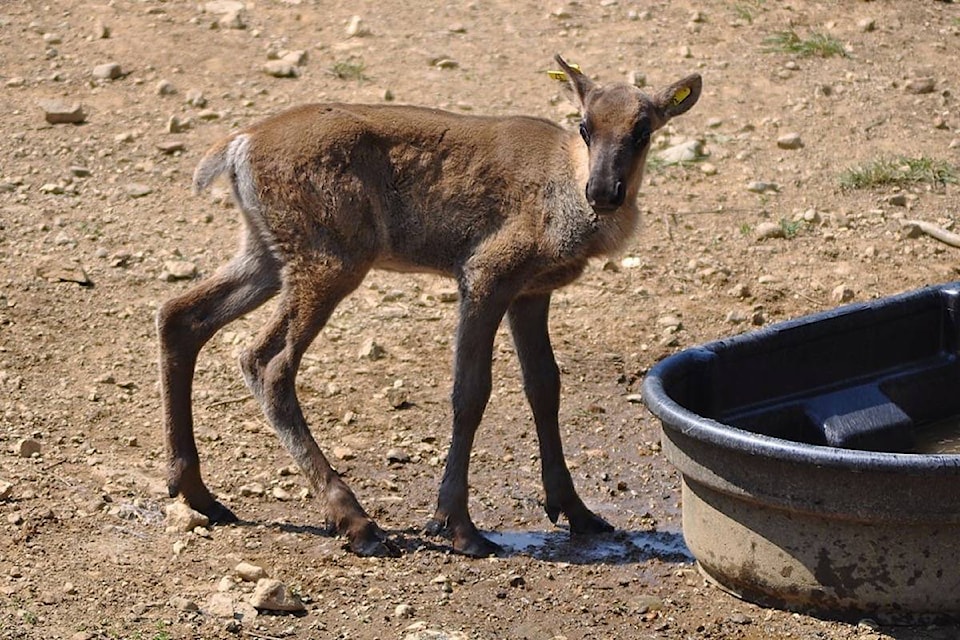Additional caribou protection areas are needed in the Peace region, but not in the majority of B.C. that lies west of the Rocky Mountains, Forests Minister Doug Donaldson says.
Residents of the Kootenays and Cariboo regions packed public meetings this spring to demand details of a proposed caribou protection strategy. They were concerned about federal demands to expand industrial and recreational no-go zones in an effort to protect dwindling herds.
Since then, biologists have surveyed the state of 54 B.C. herds, the effect of wolf kills, maternity pens and other protection strategies, and gathered public feedback.
“We’re visiting the communities and we’ve already targeted at least 20 herds for management plans,” Donaldson said in an interview. “We’ll be developing those over the next couple of years in consultation with communities and their interests. But we think we have enough tools at our disposal not to require additional habitat protection areas for those herds.”
54 identified caribou herds in B.C. are intensively studied, with population falling even in parks and protected areas #bcpoli #bcleg pic.twitter.com/jia8hvYcZu
— Tom Fletcher (@tomfletcherbc) September 18, 2019
The exception is east of the Rockies in the Peace region, home of B.C.’s largest caribou herds and also extensive oil and gas, forestry and mining development. There the province has developed a plan to protect an additional 700,000 hectares of prime caribou habitat.
Premier John Horgan called on Dawson Creek councillor and former MLA Blair Lekstrom to make recommendations this spring, after Peace region residents protested being shut out of talks between the province and the West Moberly and Saulteau First Nations on the extent of protection.
The province accepted Lekstrom’s recommendation to put a moratorium on “new high-impact forestry and mining activities” in the Peace region for two years, while consultation continues on restrictions that could shut down some forest operations.
RELATED: Forestry, recreation squeezed by caribou restrictions
RELATED: B.C. temporarily halts northeast mine, forest development
Protection strategies have been expanded in recent years, including snowmobile restrictions and extensive forest protection zones. Despite those measures, mountain caribou herds in the Kootenays have dwindled, in some cases to extinction.
“Our analysts are looking around at the other herds that need to be protected in the province, and they feel that we have enough habitat protection measures in place related to those other herds,” Donaldson said.
The federal government was preparing an emergency order under the Species at Risk Act to impose new restrictions, citing climate change and habitat disturbance as key factors in the population decline. Over the past century, B.C. caribou populations have fallen from an estimated 40,000 animals to about 15,000.
A 2018 report by the Council of Forest Industries pointed out that caribou populations have also declined in Wells Gray Provincial Park and Jasper National Park. Caribou have disappeared from Banff National Park, which has been protected from industrial activity since 1885.
@tomfletcherbc
tfletcher@blackpress.ca
Like us on Facebook and follow us on Twitter.
